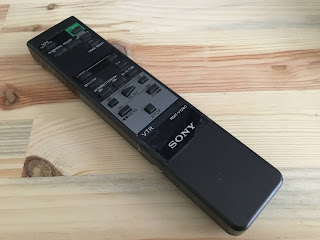My latest kit purchase is a second-hand Kessler Pocket Dolly. I already had a cheap unbranded slider but this one is a completely different level of quality.
First released in 2012, the Pocket Dolly was developed in conjunction with Phil Bloom, the DSLR blogger, and it really is a beautifully well made piece of kit. The main components are lightweight aluminium and it features a rubber belt tensioner which allows for a very smooth movement with adjustable tension allowing for fast or slow movement when sliding by hand.
There is also a manual crank on one end (although it seems to cause more shake that simply pushing the carriage by hand).
The real bonus with this slider is the fact that it can be motorised using the Kessler ElektraDRIVE motor system, which really brings an entirely different level of smoothness to the operation.
The system features a programmable controller which allows for up to three different moves to be recorded, plus a selection of different options for the amount of damping, speed of movement and the amount of damping on the control stick. The main movement is controlled via the large joystick controller and this gives a really responsive control over the carriage.
There are several different motor options available from Kessler but mine came with the standard 100 series motor for general use and the higher-torque 500 motor for Timelapse and ultra slow movement.
The whole system is powered by a heavy duty (and weighty) battery which charges using a 12v car lighter adaptor (not something I’ve seen used in a power supply before) which will allow for charging on the move.
Overall I’m really pleased with this purchase and really looking forward to trying it out on a shoot soon.








































